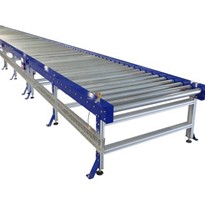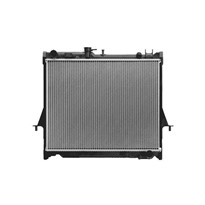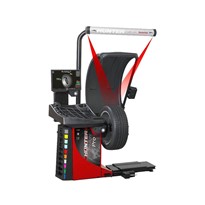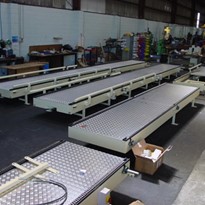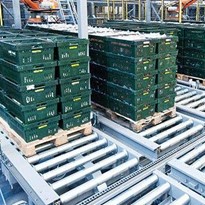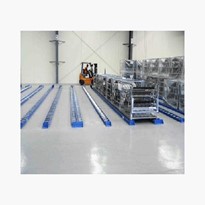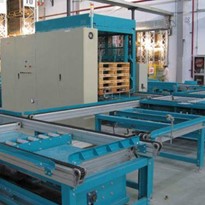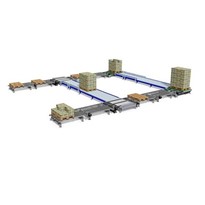Check out the loaded frames as they support tall cartons and boxed packages. Sheathed in layers of stretchy plastic wrap, we'd expect the travelling pallets to look unsteady. Somehow, the equipment is keeping the conveyed load balanced. This is a function this conveyor type performs effortlessly. What other common features define this super-stable system?
Heavy Load Conveyance
It's not unusual to see numerous layers of cartons and other product form factors accumulate on these pallets. Imagine coils of steel wire or heavy stainless steel housings. They form the base of the stack, so it's already weighed down. More rows of hefty products form the next row of the stack, more stretch plastic binds the package, and now it's time to get the pallet moving. If a capable pallet conveyor system is to operate consistently, it must be designed to handle these weighty loads all day long.
Pallet-Handling Stabilisation
As we mentioned up top, flat pallet platforms are squarish. Dimensionally, they're manageable, so an average worker can usually move one out of the way. As for the pallet conveyance equipment, wide decks support the square wooden bases. They're equipped with smoothly turning rollers. Imagine tightly aligned cylinders. Manufactured from alloy-reinforced materials, they transfer formidable loads while simultaneously steadying that tall stack of products. The pallets practically glide along the armoured conveyor surface.
Equipped with Directional Mechanisms
Manufactured to accommodate every possible pallet size, the wide decks are powered by a superior gearing system. The drive motor incorporates a clutched powertrain that ensures jitter-free transportation. Next, what happens when the system needs a process-manipulating feature? Long loops and single-run conveyor decks are popular, but a fully automated mechanism needs more. Advanced pallet conveyors employ electronic sensors and timing devices. The implementation of these sequentially operated workings adds a whole new level of flexibility to the equipment. Backed by servo motors and pneumatic actuators, pallet traffic redirection is a cinch. Such transfer modules exist to automate commonly executed processing tasks.
Synchronous operational assemblies pair with timing belts and PLC (Programmable Logic Controllers) to coordinate this sequencing feature. Meanwhile, the conveyor rollers are smoothly carrying the pallets forward. The weighted platforms are stacked heavily, yet they glide on the stainless steel deck. Finally, above and around the reinforced rollers, there are protective railings and side bumpers framing the pallet conveyor. Working alongside, the transfer modules, sensors and pallet positioners, the equipment operates like a well-oiled instrument, one that can handle the most irregular payloads.


-720x400.jpg)
-720x400.jpg)





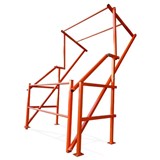
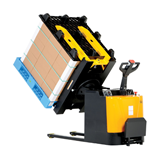
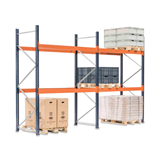

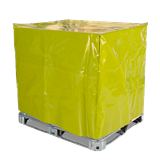
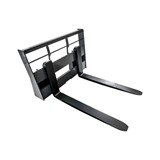
-160x160-state_article-rel-cat.jpg)
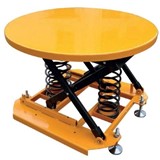
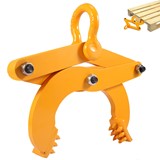
-205x205.jpg)

